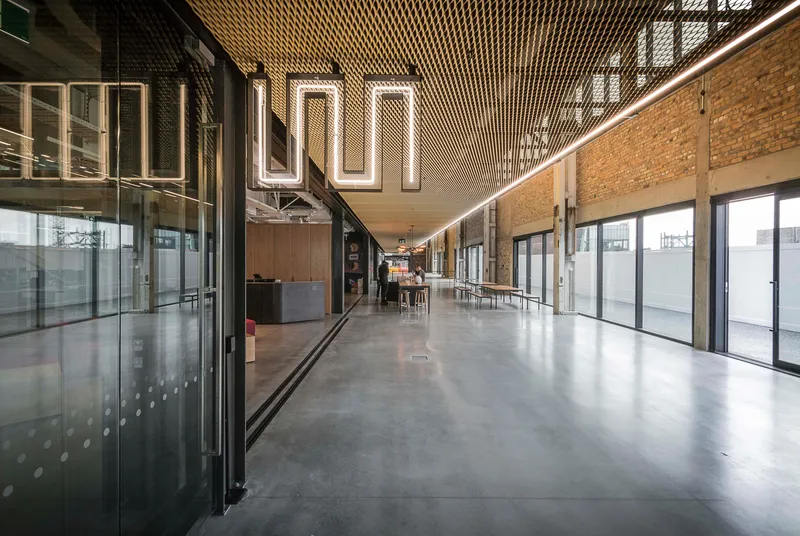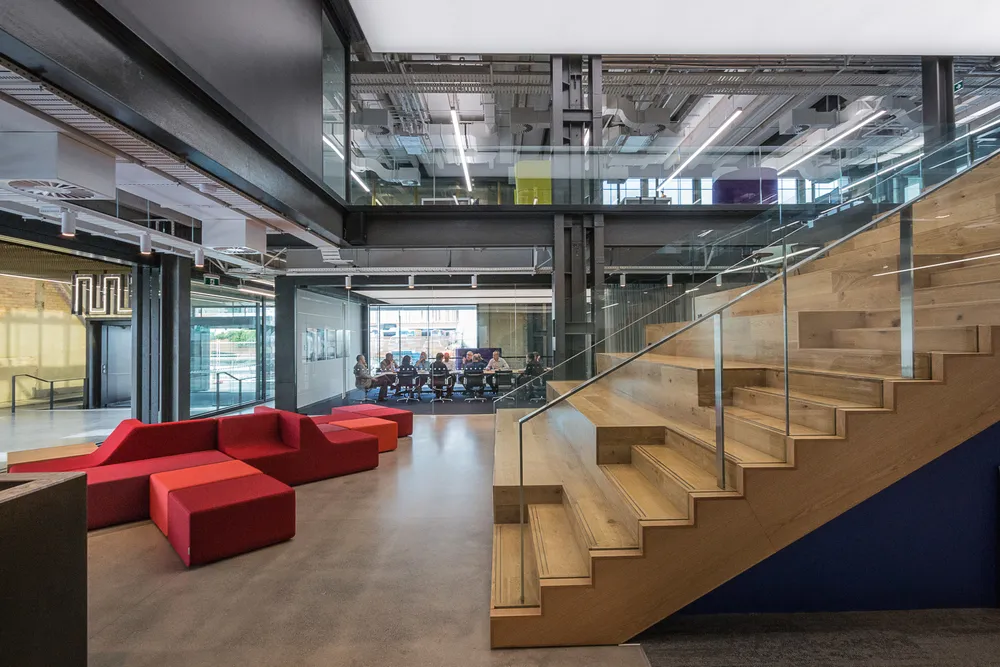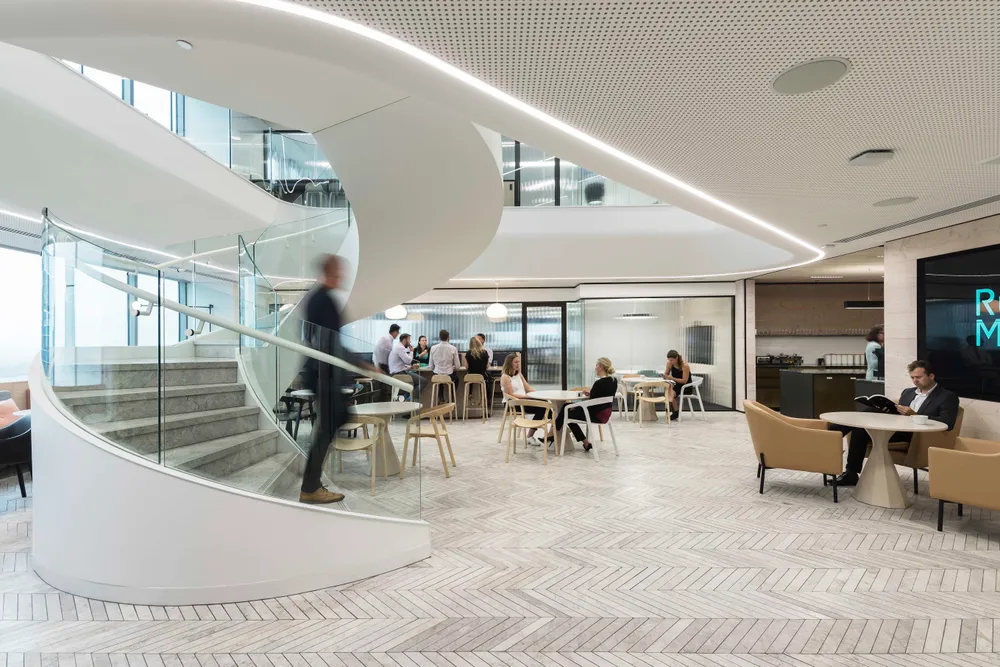NewsPerspectives
Oh, the Workplaces You’ll Work In


“Coming together is a beginning; keeping together is progress; working together is success,” said entrepreneur Henry Ford. A hundred years later, attracting the best staff and retaining them has become a fundamental challenge for business owners and managers. It relies, in no small measure, on providing an environment where the organisational culture and physical design of the workplace operate hand in hand. While you can have a great culture in a poorly designed building or a poor culture within an impressively designed space, when you achieve both as positive forces, the built and social environment is bigger than the sum of its parts. Company culture may be the Holy Grail of workplace inspiration and innovation, but thoughtful design is the lever that steers and supports it.
BEFORE EMBARKING ON ANY CHANGE, IT’S WISE TO WIN THE HEARTS AND MINDS OF THOSE WHO WILL LIVE AND BREATHE IT.
Don’t mention the air-conditioning
Before embarking on any change, it’s wise to win the hearts and minds of those who will live and breathe it. But, interview employees about their thoughts on workplace design and, nine times out of ten, they’ll complain about the air conditioning. Whether too warm or too cold, to get beyond a load of hot air, it’s important to ask open-ended questions. The one that cuts to the quick is: “Why do you work here?” Ask it. Then fix the air conditioning.
Testing, testing, one two three…
In an era where change management is the key to successful workplace transition, it’s not unknown for bigger companies to kit out a space in the floorplate configuration that is proposed for the new premises, to set up the recommended layout and systems and then ‘host’ groups of staff (in sectors or divisions) for short periods to test the waters. They’ll install teams in the ‘mock up’ space for a month or two to monitor the outcomes. It’s rather like a living laboratory that provides an opportunity to iron out the kinks and trial technologies. Plus, it’s a cunning way to shift thinking – invariably, once the time is up, the troops return to their original office as ambassadors for the new order.
The X and Y of cross-pollination
Businesses once reflected status through the physical baubles that came with workplace design – the corner office with a view and an imposing mahogany desk, for instance. No longer: hierarchies are much flatter and the ‘boss’ is just as likely to be out on the open floor, being seen to lead the way. Mark Zuckerberg is a firm believer in this concept. At Facebook headquarters in Menlo Park, California, his desk is stationed amidst 2800 employees in the giant shed he commissioned Frank Gehry to design. (There is a nine-acre park and walking track on its roof). So the individual allocation of space is decreasing because more is being given over to the collective. That’s a positive because, in the age of remote access, interaction with colleagues is the very reason most people come in to the office. Mixed-use, collaborative space is a seamless way for Generation X and Y to mingle, and for the Millennials to cohabit with the Baby Boomers (who are not going anywhere quite yet) – a symbiotic relationship that allows people to learn and teach, teach and learn.
